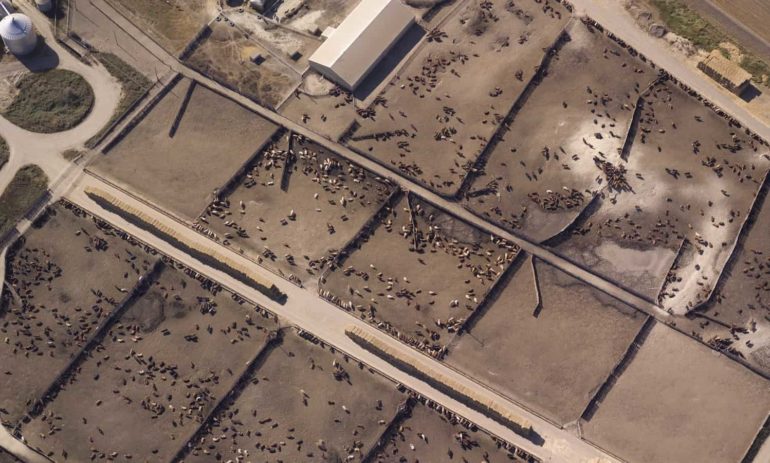According to the U.N. Food and Agriculture Organization (FAO), in the past 50 years, greenhouse gas (GHG) emissions from agriculture, forestry, and fisheries have nearly doubled. By 2050, they could rise by an additional 30 percent. Much of the existing research on agriculture and climate change focuses on reducing emissions on the production, or supply, side. But, “The technical mitigation potential of demand-side measures in the agri-food sector,” a new report from Consultative Group for International Agricultural Research (CGIAR) Research Program on Climate Change, Agriculture, and Food Security (CCAFS), and UNIQUE Forestry and Land Use looks at how policy and practice directed towards consumers, or the demand-side, can reduce GHG emissions in developing countries and cultivate food security.
Authors Andreas Wilkes, Associate Expert with UNIQUE, Laura Kiff, Consultant at UNIQUE, and Timm Tennigkeit, Managing Director of UNIQUE, explore potential strategies to influence agricultural GHG emissions on the demand side with a focus on developing countries. The report examines dietary change, reduced consumption of meat, and approaches to reducing food loss and food waste. Developing countries, where there are often substantial knowledge gaps around these issues, will likely experience rapid growth in agricultural and food-derived GHG emissions in the coming years.
The study evaluates dietary change through modeling the influence that ‘hard’ approaches, like taxes on sugary drinks or subsidies to producers, and ‘soft’ approaches, like product labeling and advertising restrictions, have on consumer choices. The authors write, “There is a general consensus that nutritional education is an important element within a diverse policy package, although its ability to influence behavioral change on its own is thought to be limited.” They found, instead, that price, taste, convenience, and habit have the most significant influence on how people buy food in the developing world.
The authors suggest that reducing meat consumption is among the most significant potential dietary changes for reducing GHG emissions and ensuring food security worldwide. The 2014 Intergovernmental Panel on Climate Change’s (IPCC) Fifth Assessment Report demonstrated that almost 25 percent of global GHG emissions derive from agriculture, forestry, and other forms of land use. Methane emissions from livestock production account for 40 percent of agricultural GHG emissions overall. And, the FAO predicts that global meat consumption will nearly double by 2050. While producers may face challenges transitioning to low-emissions forms of production, consumers, the report suggests, are well placed to mitigate emissions derived from meat production.
According to the report, alongside vegetables and cereals, meat also accounts for 70 percent of the global carbon footprint of food loss and food waste. One-third of food produced for human consumption worldwide—or 1.3 billion tons—is wasted every year, which has a sizeable influence on both food insecurity and agricultural GHG emissions. Kiff et.al suggest that creating commercial incentives to reduce food waste and loss holds substantial potential. Partnerships between the private and public sectors, alongside direct private-sector investment, could help to scale up methods to reduce food waste and food loss. Through such efforts and collaborative approaches, the authors state, “there are still significant opportunities to decrease emissions.”











